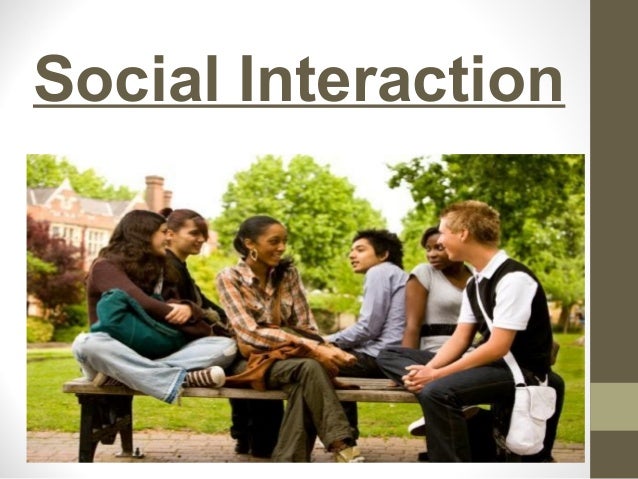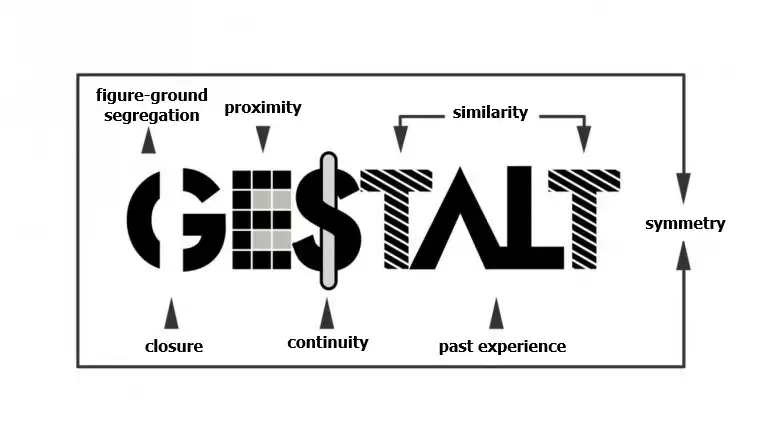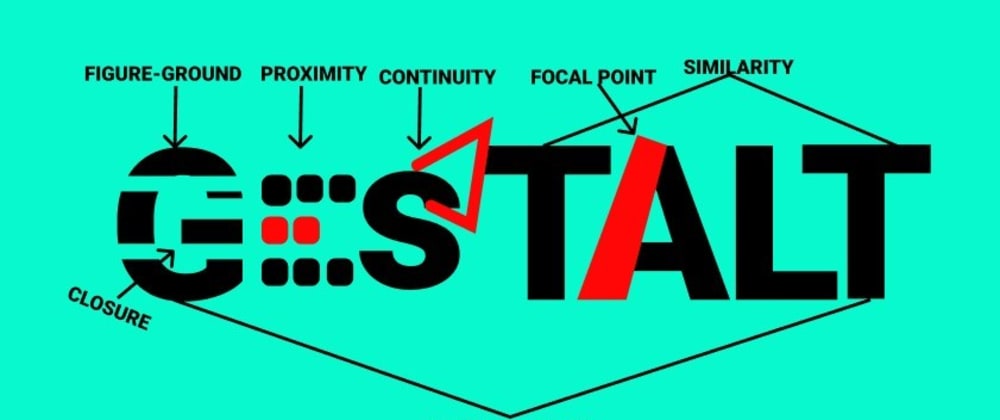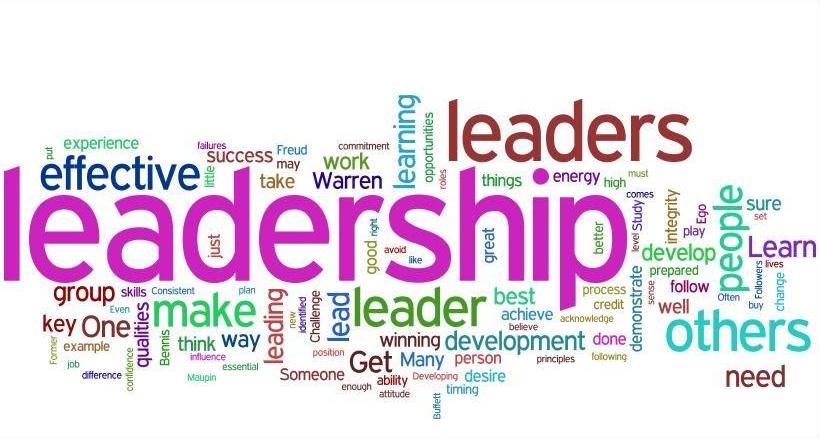This article explains Bales ‘s social interaction theory in a practical way. After reading you will understand the basics of this powerful communication and coaching tool.

What is Social Interaction Theory?
Social Interaction Theory, also known as Social Interaction Systems Theory, was developed by Robert Freed Bales. Bales was a pioneer in Harvard University’s Social Relations Department at the time. The project from which this theory emerged was intended to develop an integrative framework for social psychology. This had to be based on the social interaction process, supplemented with value analyzes on the content of the interaction. Bales believed that this personal approach goes far beyond the classic experimental approach to group dynamics study.
Systematic Multiple Level Observation of Groups (SYMLOG)
As part of the research, Bales developed SYMLOG. This stands for Systematic Multiple Level Observation of Groups. The SYMLOG Consulting Group’s approach and operations were interactive and global. Among other things, it created a database that made it possible to search for connections between human interaction that went much further than previously known.
In the research prior to the publication of social interaction theory, the fundamental boundaries of the field were established, and the criteria for behavior for leaders and followers. To this end, Bales offers a new field theory. The new field theory is a reappraisal of the many contexts in which people live. Bales did not strive to reduce differences, but to understand them. He further emphasized that demental processes of individuals and social interaction take place in systematic contexts that can be measured. This allows behavior to be explained and predicted more accurately than in the past.
Interaction Process Analysis
Interaction Process Analysis is a term that describes a collection of methods that have evolved over the last twenty years. The methods take different forms and have been invented, borrowed and reinvented or improved. What the theories have in common is that it is based on first-hand observation of social interaction in small groups.
In addition to social interaction theory, Robert Bales also developed his Interaction Process Analysis. An observer was asked to record the actions and reactions of each of the group members in one of twelve categories. The categories were broken down as follows:
Shows solidarity . The person being observed raises the status of others, helps others, and gives rewards or compliments to others.
Decreases tension . The person being observed smiles, is relaxed, shows satisfaction or makes a joke.
Shows agreement . The person being observed shows acceptance, understanding or compliance with rules.
Provides suggestions . The person being observed gives directions to others, implies autonomy from others and is independent.
Gives opinion . The person being observed gives his or her opinion, shares analyzes with the rest of the group, shares feelings or wishes / demands.
Provides orientation . The person being observed gives information to others, repeats important things, confirms or clarifies when this is desired.
Requires orientation . The person being observed asks for information, or asks for confirmation or repetition when desired.
Asks for opinion . The person being observed asks for evaluations, analyzes or expressions of the feelings of others.
Asks for suggestions . The person being observed asks for direction or alternative options for action.
Agrees with this . The person being observed shows rejection or withholding help.
Shows tension . The person being observed asks for help or withdraws from the situation.
Shows antagonism . The observed person deflates the status of others and often defends his or her own.
Group roles in the Three Dimensional Space or Interpersonal Personality model
Bales was convinced that a person relies on their own personal observation of themselves and others in the group to get a clear picture of what an effective team member is. For example, a group member cannot be too far behind the work and natural flow of events, otherwise his or her participation will suffer. To describe these factors, Bales developed the Three Dimensional Space of Interpersonal Personality model in addition to the social interaction theory. This model describes both the value of someone for the group and the meaning of someone for the group. The type of role a person has is distinguished by the perception and evaluation of others in the group. These perceptions and evaluations are linked to behavior or the position someone is in.
Does he or she get a lot of people to laugh?
Does it look like she or he will rank high on leadership?
Does he or she seem to get a lot of interaction from others?
Does he or she seem to find himself entertaining?
Does he or she consider themselves a good person?
Does he or she seem to have a general trust in others?
Do you like him or her?
The answers to these questions together usually form a personality type. The answers provide a good insight into the discrepancies in someone’s behavior. Characteristics of a personality that are determined are not actually characteristics of the individual as such, but characteristics of the person in the role of the individual in a particular group. To understand the behavior of an individual in a group, it is essential to distinguish between permanent and personal traits of a person and those that are only displayed in a group role. To determine the personality of someone on a team, the entire group must be observed and how other group members rate the individual.
6 main roles
The Three Dimensional Space of Interpersonal Personality model is published in the book SYMLOG: A System for the Multiple Level Observation of Groups. This model begins by setting out the six main roles. These are:
Dominant (upward)
Checked (forward)
Friendly (positive)
Submissive (downward)
Emotionally expressive (backward)
Unfriendly (negative)
Associated properties
The model also contains the corresponding characteristics of the previously described main roles. These characteristics are:
Assertive
Extrovert
Authoritative
Task leader
Dominant
Dramatic
Provocative
Co-operative
Affectionate
Cynical
Entertaining
Soft
Grateful
Self-punishing
Obey
Alienated
Depressed
Anxious
Happy to be with others
Role types and combinations of social interaction theory
The roles and characteristics mentioned above are used to identify the connections, networks and coalitions between different groups. Each type has a different combination of characteristics. The differentiating factor of the different types is based on the other characteristics associated with a person.
Type U is an active and talkative, powerful personality on the road to success and power. Type UP appears to be socially outgoing, friendly, positive and on the way to social success above all. Type UPF is friendly, value-oriented and a real task leader. He or she is on the road to solidarity and progress. Type UF is a person with strong leadership qualities, task oriented and evolving towards collaboration. Type UNF is dominant, morally superior and unfriendly. Type UB is non-task oriented, expressive and confident. He or she is also rebellious, aggressive and on the road to stubborn assertiveness. Type UPB is warm, affectionate, and moves toward warmth and emotional support to others.
Assuming different roles in social interactions according to social interaction theory
The first part of this article defined different roles and how people’s behavior can change when they work in groups. This section is mainly about how people assume different roles in everyday life.
Social interaction based on different roles happens almost automatically. A role is fulfilled without the person thinking about it. This is also the reason why social interaction is so accessible. If everyone always had to think before taking on a role, social interaction would become very slow, tedious and full of mistakes.
Suppose in a random store, an employee asks a customer how much he earns per month. You might expect such a personal question from a close friend, as discussions about personal matters are part of the roles befitting friends, but this is not expected from a store associate.
As the example above illustrates, social interaction relies in part on background assumptions or understanding the roles expected of people in different contexts. If this understanding of different roles is violated, the social order can easily be disrupted.
Sociologist Garfinkel explained that unexpected events such as those described above make the social order very vulnerable. He explains that people are constantly constructing the social environment in which they find themselves. To make his point, he had some of his students conduct experiments. Below was the assignment for students to behave like strangers in their own parents’ homes. It should come as no surprise that most parents are quick to wonder what college did to their kids.
Social interaction theory is thus mainly concerned with the fact that the social order is highly socially constructed. It’s exactly what people make of it when interacting with each other. Sociologists call this the social construction of reality. Although most people find themselves in situations where views are shared about what is to come, actors continue to define the situation and thus construct reality.
Roles and the influence on personalities
Thus, as described above, different roles help to construct the social order. However, taking on different roles has another effect. It may be that a personality is influenced / formed by this. The idea is that when people assume a new role, the expectations of that role can change the way we interact with others. It can also change the way we see and treat ourselves.
An example of this comes from Professor Kirkham, a criminal law professor in the United States. During his classes, Kirkham was critical of the harshness with which the police treated suspects. One of the police officers present in his class commented that Kirkham could not say such a thing because he did not know what it was like to be a police officer. They challenged him to do basic police training. After closing the base distraction, Kirkham walked out with a few cops. During the first shift they were asked to go to a cafe where a drunken man was causing trouble. Kirkham asked the man if he could go outside. Instead of listening, the wheel-turner slapped Kirkham on the face. In another event, they were called to a situation where bystanders were threatening to stand around their car. Kirkham took out a weapon to keep bystanders at bay. He later said about this that as a professor he would judge the officer he had become for his behavior. In a short space of time, Kirkham had turned from a nice professor to a serious cop. His role had thus changed, and probably also his personality to a small extent. In any case, his views are. His role had thus changed, and probably also his personality to a small extent. In any case, his views are. His role had thus changed, and probably also his personality to a small extent. In any case, his views are.
Now it’s your turn
What do you think? Do you recognize the explanation of the social interaction theory? Can you give an example of a situation where social order was disrupted? Do you have trouble taking on different roles, or is it automatic? What do you think is important when interacting with others? Can you share tips for people who have trouble interacting with others? Do you have any tips or comments about this article?
Share your knowledge and experience via the comment field at the bottom of this article.
If you found the article useful or practical for your own knowledge, please share it with your network or join us on telegram (t.me/blogzynergy).











